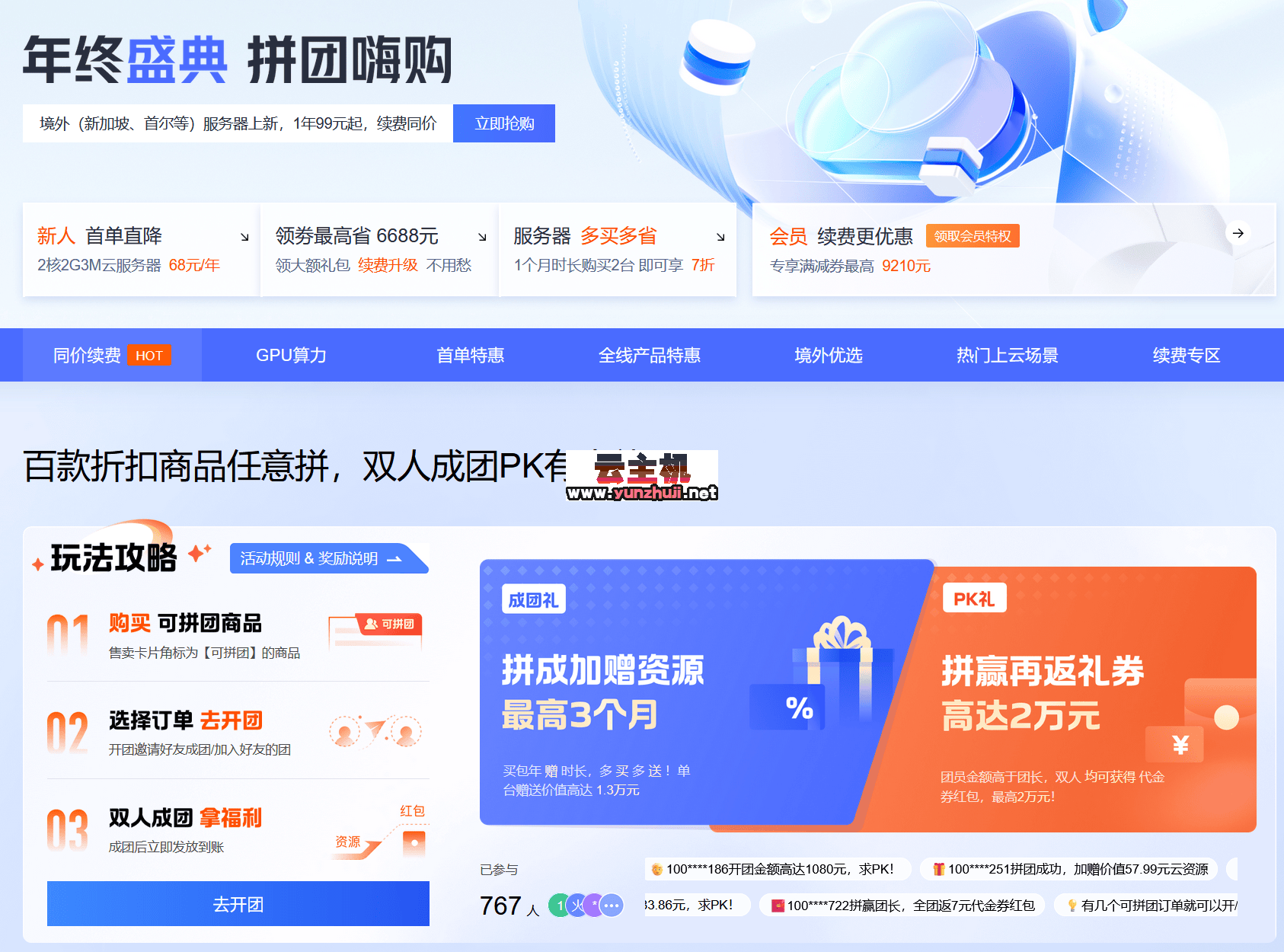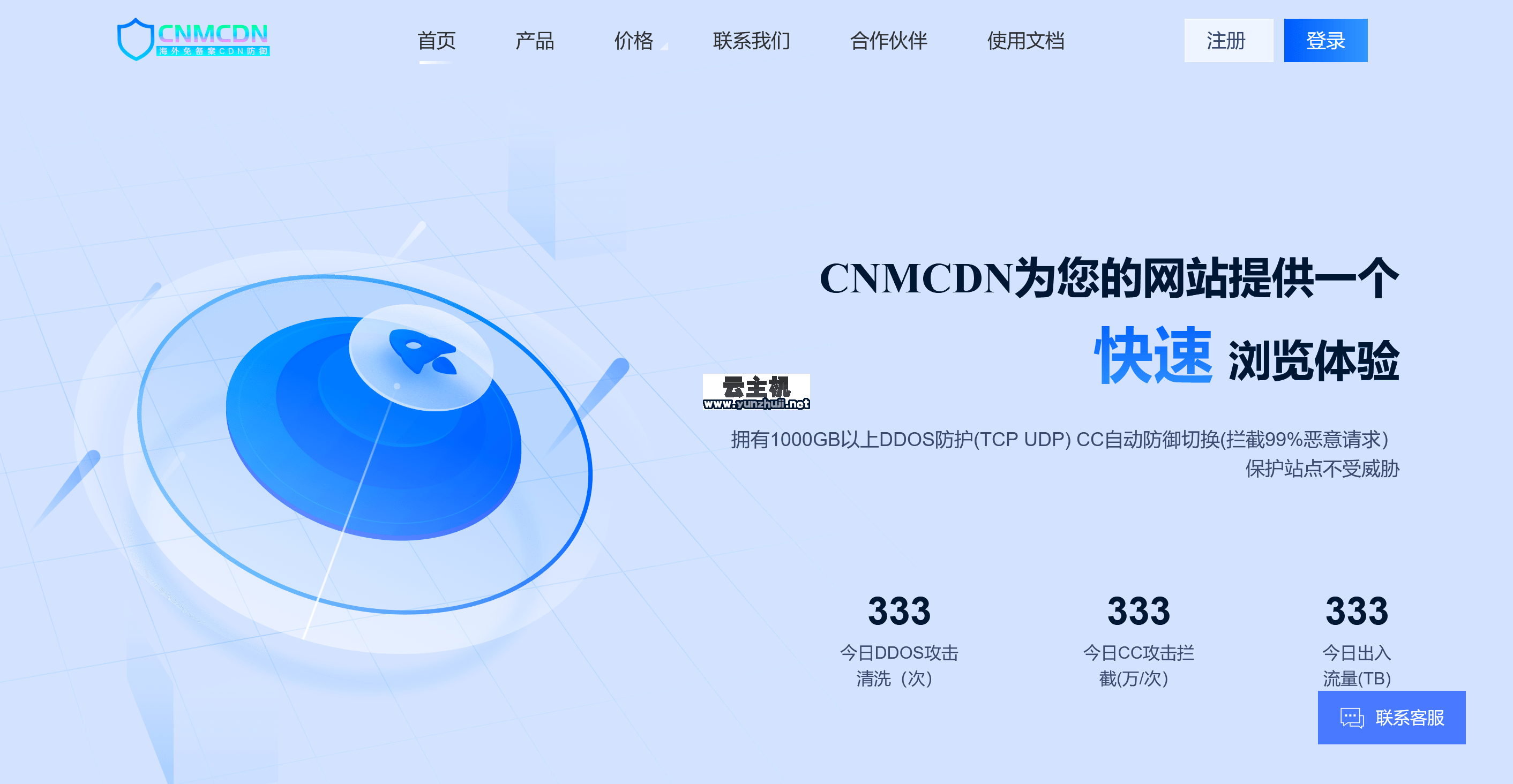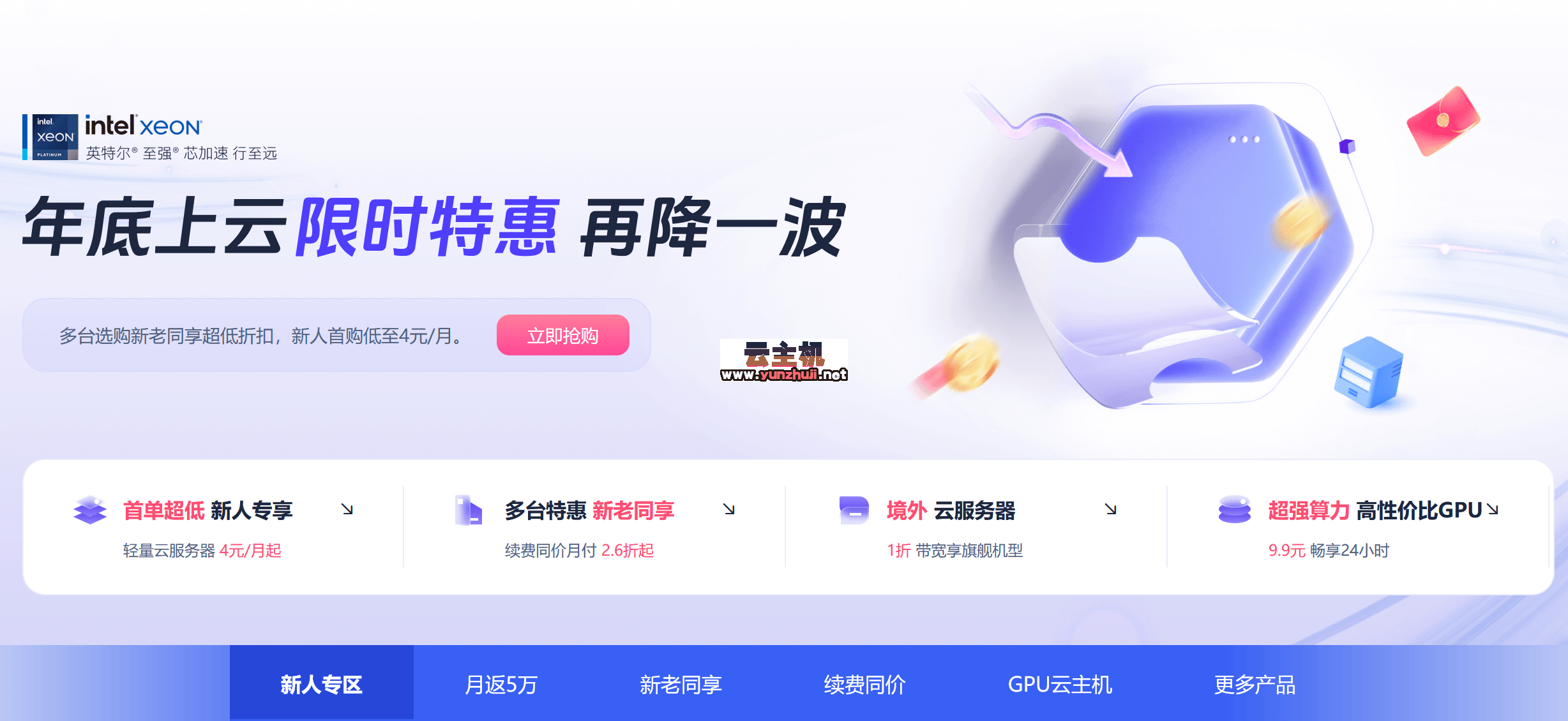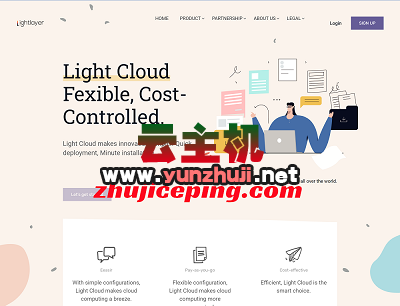购物网站二级店铺 MVC 开始使用
(图片来源网络,侵删)MVC 架构
MVC 是一种软件架构模式,将应用程序分为三个主要部分:模型(Model)、视图(View)和控制器(Controller),这种分离有助于提高代码的可维护性、可扩展性和可重用性。
1、模型(Model):负责处理数据和业务逻辑,它代表了应用程序的核心功能,如数据库操作、数据验证和业务规则。
2、视图(View):负责呈现数据给用户,它可以是 HTML 页面、XML 文档、JSON 数据等,视图通常与模型进行交互,以获取要显示的数据。
3、控制器(Controller):负责协调模型和视图之间的交互,它接收用户的输入,执行相应的业务逻辑,并决定将哪个视图呈现给用户。
购物网站二级店铺的需求分析
在开始使用 MVC 架构之前,我们需要对购物网站二级店铺的需求进行分析,以下是一些常见的需求:
1、店铺管理:店主可以创建、编辑和删除店铺信息,包括店铺名称、描述、图片等。
2、商品管理:店主可以添加、编辑和删除商品信息,包括商品名称、描述、价格、库存等。
(图片来源网络,侵删)3、订单管理:店主可以查看订单信息,包括订单号、商品信息、客户信息、支付状态等。
4、客户管理:店主可以查看客户信息,包括客户姓名、联系方式、购买记录等。
5、统计分析:店主可以查看店铺的销售统计信息,包括销售额、销售量、客单价等。
MVC 架构在购物网站二级店铺中的应用
1、模型设计
在购物网站二级店铺中,模型主要包括店铺模型、商品模型、订单模型和客户模型,以下是这些模型的设计:
| 模型 | 属性 | 方法 |
| 店铺模型 | 店铺 ID、店铺名称、店铺描述、店铺图片 | 创建店铺、编辑店铺、删除店铺 |
| 商品模型 | 商品 ID、商品名称、商品描述、商品价格、商品库存 | 添加商品、编辑商品、删除商品 |
| 订单模型 | 订单 ID、订单号、商品信息、客户信息、支付状态 | 查看订单、处理订单 |
| 客户模型 | 客户 ID、客户姓名、客户联系方式、购买记录 | 查看客户、编辑客户 |
2、视图设计
视图主要包括店铺页面、商品页面、订单页面和客户页面,以下是这些页面的设计:
(图片来源网络,侵删)| 页面 | 功能 |
| 店铺页面 | 展示店铺信息,包括店铺名称、店铺描述、店铺图片等 |
| 商品页面 | 展示商品信息,包括商品名称、商品描述、商品价格、商品库存等 |
| 订单页面 | 展示订单信息,包括订单号、商品信息、客户信息、支付状态等 |
| 客户页面 | 展示客户信息,包括客户姓名、客户联系方式、购买记录等 |
3、控制器设计
控制器主要负责协调模型和视图之间的交互,以下是一些常见的控制器方法:
| 方法 | 功能 |
| 创建店铺 | 接收店主输入的店铺信息,创建店铺模型,并将店铺信息保存到数据库中 |
| 编辑店铺 | 接收店主输入的店铺信息,更新店铺模型,并将店铺信息保存到数据库中 |
| 删除店铺 | 接收店主输入的店铺 ID,删除店铺模型,并将店铺信息从数据库中删除 |
| 添加商品 | 接收店主输入的商品信息,创建商品模型,并将商品信息保存到数据库中 |
| 编辑商品 | 接收店主输入的商品信息,更新商品模型,并将商品信息保存到数据库中 |
| 删除商品 | 接收店主输入的商品 ID,删除商品模型,并将商品信息从数据库中删除 |
| 查看订单 | 接收店主输入的订单 ID,查询订单模型,并将订单信息展示给店主 |
| 处理订单 | 接收店主输入的订单 ID,更新订单模型的支付状态,并将订单信息保存到数据库中 |
| 查看客户 | 接收店主输入的客户 ID,查询客户模型,并将客户信息展示给店主 |
| 编辑客户 | 接收店主输入的客户信息,更新客户模型,并将客户信息保存到数据库中 |
数据库设计
在购物网站二级店铺中,我们需要设计一个数据库来存储店铺信息、商品信息、订单信息和客户信息,以下是一个简单的数据库设计:
| 表名 | 字段 |
| shops | shop_id, shop_name, shop_description, shop_image |
| products | product_id, product_name, product_description, product_price, product_stock |
| orders | order_id, order_number, product_info, customer_info, payment_status |
| customers | customer_id, customer_name, customer_contact, purchase_record |
代码实现
以下是一个简单的购物网站二级店铺的代码实现,使用了 Spring MVC 框架:
1、配置文件
在 Spring MVC 框架中,我们需要配置一些基本的信息,如数据库连接信息、视图解析器等,以下是一个简单的配置文件:
<?xml version="1.0" encoding="UTF-8"?>
<beans xmlns="http://www.springframework.org/schema/beans"
xmlns:xsi="http://www.w3.org/2001/XMLSchema-instance"
xmlns:context="http://www.springframework.org/schema/context"
xmlns:mvc="http://www.springframework.org/schema/mvc"
xsi:schemaLocation="http://www.springframework.org/schema/beans http://www.springframework.org/schema/beans/spring-beans.xsd
http://www.springframework.org/schema/context http://www.springframework.org/schema/context/spring-context.xsd
http://www.springframework.org/schema/mvc http://www.springframework.org/schema/mvc/spring-mvc.xsd">
<!-配置数据库连接信息 -->
<bean id="dataSource" class="org.springframework.jdbc.datasource.DriverManagerDataSource">
<property name="driverClassName" value="com.mysql.jdbc.Driver"/>
<property name="url" value="jdbc:mysql://localhost:3306/shopping_mall"/>
<property name="username" value="root"/>
<property name="password" value="root"/>
</bean>
<!-配置视图解析器 -->
<bean id="viewResolver" class="org.springframework.web.servlet.view.InternalResourceViewResolver">
<property name="prefix" value="/WEB-INF/views/"/>
<property name="suffix" value=".jsp"/>
</bean>
<!-配置控制器 -->
<mvc:annotation-driven/>
<!-配置静态资源访问 -->
<mvc:resources mapping="/static/**" location="/static/"/>
</beans> 2、模型类
在购物网站二级店铺中,我们需要创建一些模型类来表示店铺信息、商品信息、订单信息和客户信息,以下是一些简单的模型类:
public class Shop {
private int shopId;
private String shopName;
private String shopDescription;
private String shopImage;
// 构造函数、getter 和 setter 方法
}
public class Product {
private int productId;
private String productName;
private String productDescription;
private double productPrice;
private int productStock;
// 构造函数、getter 和 setter 方法
}
public class Order {
private int orderId;
private String orderNumber;
private List<Product> productInfo;
private Customer customerInfo;
private String paymentStatus;
// 构造函数、getter 和 setter 方法
}
public class Customer {
private int customerId;
private String customerName;
private String customerContact;
private List<Order> purchaseRecord;
// 构造函数、getter 和 setter 方法
} 3、控制器类
在购物网站二级店铺中,我们需要创建一些控制器类来处理用户的请求,以下是一些简单的控制器类:
@Controller
public class ShopController {
@Autowired
private ShopService shopService;
@GetMapping("/shops")
public String listShops(Model model) {
List<Shop> shops = shopService.listShops();
model.addAttribute("shops", shops);
return "shops/list";
}
@GetMapping("/shops/{shopId}")
public String viewShop(@PathVariable("shopId") int shopId, Model model) {
Shop shop = shopService.getShopById(shopId);
model.addAttribute("shop", shop);
return "shops/view";
}
@GetMapping("/shops/create")
public String createShopForm(Model model) {
model.addAttribute("shop", new Shop());
return "shops/create";
}
@PostMapping("/shops/create")
public String createShop(@ModelAttribute("shop") Shop shop) {
shopService.createShop(shop);
return "redirect:/shops";
}
@GetMapping("/shops/edit/{shopId}")
public String editShopForm(@PathVariable("shopId") int shopId, Model model) {
Shop shop = shopService.getShopById(shopId);
model.addAttribute("shop", shop);
return "shops/edit";
}
@PostMapping("/shops/edit")
public String editShop(@ModelAttribute("shop") Shop shop) {
shopService.editShop(shop);
return "redirect:/shops";
}
@GetMapping("/shops/delete/{shopId}")
public String deleteShop(@PathVariable("shopId") int shopId) {
shopService.deleteShop(shopId);
return "redirect:/shops";
}
}
@Controller
public class ProductController {
@Autowired
private ProductService productService;
@GetMapping("/shops/{shopId}/products")
public String listProducts(@PathVariable("shopId") int shopId, Model model) {
List<Product> products = productService.listProductsByShopId(shopId);
model.addAttribute("products", products);
return "products/list";
}
@GetMapping("/shops/{shopId}/products/{productId}")
public String viewProduct(@PathVariable("shopId") int shopId, @PathVariable("productId") int productId, Model model) {
Product product = productService.getProductById(productId);
model.addAttribute("product", product);
return "products/view";
}
@GetMapping("/shops/{shopId}/products/create")
public String createProductForm(@PathVariable("shopId") int shopId, Model model) {
model.addAttribute("product", new Product());
model.addAttribute("shopId", shopId);
return "products/create";
}
@PostMapping("/shops/{shopId}/products/create")
public String createProduct(@PathVariable("shopId") int shopId, @ModelAttribute("product") Product product) {
productService.createProduct(product, shopId);
return "redirect:/shops/" + shopId + "/products";
}
@GetMapping("/shops/{shopId}/products/edit/{productId}")
public String editProductForm(@PathVariable("shopId") int shopId, @PathVariable("productId") int productId, Model model) {
Product product = productService.getProductById(productId);
model.addAttribute("product", product);
model.addAttribute("shopId", shopId);
return "products/edit";
}
@PostMapping("/shops/{shopId}/products/edit")
public String editProduct(@PathVariable("shopId") int shopId, @ModelAttribute("product") Product product) {
productService.editProduct(product, shopId);
return "redirect:/shops/" + shopId + "/products";
}
@GetMapping("/shops/{shopId}/products/delete/{productId}")
public String deleteProduct(@PathVariable("shopId") int shopId, @PathVariable("productId") int productId) {
productService.deleteProduct(productId);
return "redirect:/shops/" + shopId + "/products";
}
}
@Controller
public class OrderController {
@Autowired
private OrderService orderService;
@GetMapping("/orders")
public String listOrders(Model model) {
List<Order> orders = orderService.listOrders();
model.addAttribute("orders", orders);
return "orders/list";
}
@GetMapping("/orders/{orderId}")
public String viewOrder(@PathVariable("orderId") int orderId, Model model) {
Order order = orderService.getOrderById(orderId);
model.addAttribute("order", order);
return "orders/view";
}
@GetMapping("/orders/create")
public String createOrderForm(Model model) {
model.addAttribute("order", new Order());
return "orders/create";
}
@PostMapping("/orders/create")
public String createOrder(@ModelAttribute("order") Order order) {
orderService.createOrder(order);
return "redirect:/orders";
}
@GetMapping("/orders/edit/{orderId}")
public String editOrderForm(@PathVariable("orderId") int orderId, Model model) {
Order order = orderService.getOrderById(orderId);
model.addAttribute("order", order);
return "orders/edit";
}
@PostMapping("/orders/edit")
public String editOrder(@ModelAttribute("order") Order order) {
orderService.editOrder(order);
return "redirect:/orders";
}
@GetMapping("/orders/delete/{orderId}")
public String deleteOrder(@PathVariable("orderId") int orderId) {
orderService.deleteOrder(orderId);
return "redirect:/orders";
}
}
@Controller
public class CustomerController {
@Autowired
private CustomerService customerService;
@GetMapping("/customers")
public String listCustomers(Model model) {
List<Customer> customers = customerService.listCustomers();
model.addAttribute("customers", customers);
return "customers/list";
}
@GetMapping("/customers/{customerId}")
public String viewCustomer(@PathVariable("customerId") int customerId, Model model) {
Customer customer = customerService.getCustomerById(customerId);
model.addAttribute("customer", customer);
return "customers/view";
}
@GetMapping("/customers/create")
public String createCustomerForm(Model model) {
model.addAttribute("customer", new Customer());
return "customers/create";
}
@PostMapping("/customers/create")
public String createCustomer(@ModelAttribute("customer") Customer customer) {
customerService.createCustomer(customer);
return "redirect:/customers";
}
@GetMapping("/customers/edit/{customerId}")
public String editCustomerForm(@PathVariable("customerId") int customerId, Model model) {
Customer customer = customerService.getCustomerById(customerId);
model.addAttribute("customer", customer);
return "customers/edit";
}
@PostMapping("/customers/edit")
public String editCustomer(@ModelAttribute("customer") Customer customer) {
customerService.editCustomer(customer);
return "redirect:/customers";
}
@GetMapping("/customers/delete/{customerId}")
public String deleteCustomer(@PathVariable("customerId") int customerId) {
customerService.deleteCustomer(customerId);
return "redirect:/customers";
}
} 4、服务类
在购物网站二级店铺中,我们需要创建一些服务类来处理业务逻辑,以下是一些简单的服务类:
@Service
public class ShopService {
@Autowired
private ShopDao shopDao;
public List<Shop> listShops() {
return shopDao.listShops();
}
public Shop getShopById(int shopId) {
return shopDao.getShopById(shopId);
}
public void createShop(Shop shop) {
shopDao.createShop(shop);
}
public void editShop(Shop shop) {
shopDao.editShop(shop);
}
public void deleteShop(int shopId) {
shopDao.deleteShop(shopId);
}
}
@Service
public class ProductService {
@Autowired
private ProductDao productDao;
public List<Product> listProductsByShopId(int shopId) {
return productDao.listProductsByShopId(shopId);
}
public Product getProductById(int productId) {
return productDao.getProductById(productId);
}
public void createProduct(Product product, int shopId) {
product.setShopId(shopId);
productDao.createProduct(product);
}
public void editProduct(Product product, int shopId) {
product.setShopId(shopId);
productDao.editProduct(product);
}
public void deleteProduct(int productId) {
productDao.deleteProduct(productId);
}
}
@Service
public class OrderService {
@Autowired
private OrderDao orderDao;
public List<Order> listOrders() {
return orderDao.listOrders();
}
public Order getOrderById(int orderId) {
return orderDao.getOrderById(orderId);
}
public void createOrder(Order order) {
orderDao.createOrder(order);
}
public void editOrder(Order order) {
orderDao.editOrder(order);
}
public void deleteOrder(int orderId) {
orderDao.deleteOrder(orderId);
}
}
@Service
public class CustomerService {
@Autowired
private CustomerDao customerDao;
public List<Customer> listCustomers() {
return customerDao.listCustomers();
}
public Customer getCustomerById(int customerId) {
return customerDao.getCustomerById(customerId);
}
public void createCustomer(Customer customer) {
customerDao.createCustomer(customer);
}
public void editCustomer(Customer customer) {
customerDao.editCustomer(customer);
}
public void deleteCustomer(int customerId) {
customerDao.deleteCustomer(customerId);
}
} 5、DAO 类
在购物网站二级店铺中,我们需要创建一些 DAO 类来与数据库进行交互,以下是一些简单的 DAO 类:
@Repository
public class ShopDao {
@Autowired
private JdbcTemplate jdbcTemplate;
public List<Shop> listShops() {
String sql = "SELECT * FROM shops";
return jdbcTemplate.query(sql, new BeanPropertyRowMapper<>(Shop.class));
}
public Shop getShopById(int shopId) {
String sql = "SELECT * FROM shops WHERE shop_id =?";
return jdbcTemplate.queryForObject(sql, new BeanPropertyRowMapper<>(Shop.class), shopId);
}
public void createShop(Shop shop) {
String sql = "INSERT INTO shops (shop_name, shop_description, shop_image) VALUES (?,?,?)";
jdbcTemplate.update(sql, shop.getShopName(), shop.getShopDescription(), shop.getShopImage());
}
public void editShop(Shop shop) {
String sql = "UPDATE shops SET shop_name =?, shop_description =?, shop_image =? WHERE shop_id =?";
jdbcTemplate.update(sql, shop.getShopName(), shop.getShopDescription(), shop.getShopImage(), shop.getShopId());
}
public void deleteShop(int shopId) {
String sql = "DELETE FROM shops WHERE shop_id =?";
jdbcTemplate.update(sql, shopId);
}
}
@Repository
public class ProductDao {
@Autowired
private JdbcTemplate jdbcTemplate;
public List<Product> listProductsByShopId(int shopId) {
String sql = "SELECT * FROM products WHERE shop_id =?";
return jdbcTemplate.query(sql, new BeanPropertyRowMapper<>(Product.class), shopId);
}
public Product getProductById(int productId) {
String sql = "SELECT * FROM products WHERE product_id =?";
return jdbcTemplate.queryForObject(sql, new BeanPropertyRowMapper<>(Product.class), productId);
}
public void createProduct(Product product) {
String sql = "INSERT INTO products (product_name, product_description, product_price, product_stock, shop_id) VALUES (?,?,?,?,?)";
jdbcTemplate.update(sql, product.getProductName(), product.getProductDescription(), product.getProductPrice(), product.getProductStock(), product.getShopId());
}
public void editProduct(Product product) {
String sql = "UPDATE products SET product_name =?, product_description =?, product_price =?, product_stock =?, shop_id =? WHERE product_id =?";
jdbcTemplate.update(sql, product.getProductName(), product.getProductDescription(), product.getProductPrice(), product.getProductStock(), product.getShopId(), product.getProductId());
}
public void deleteProduct(int productId) {
String sql = "DELETE FROM products WHERE product_id =?";
jdbcTemplate.update(sql, productId);
}
}
@Repository
public class OrderDao {
@Autowired
private JdbcTemplate jdbcTemplate;
public List<Order> listOrders() {
String sql = "SELECT * FROM orders";
return jdbcTemplate.query(sql, new BeanPropertyRowMapper<>(Order.class));
}
public Order getOrderById(int orderId) {
String sql = "SELECT * FROM orders WHERE order_id =?";
return jdbcTemplate.queryForObject(sql, new BeanPropertyRowMapper<>(Order.class), orderId);
}
public void createOrder(Order order) {
String sql = "INSERT INTO orders (order_number, product_info, customer_info, payment_status) VALUES (?,?,?,?)";
jdbcTemplate.update(sql, order.getOrderNumber(), order.getProductInfo(), order.getCustomerInfo(), order.getPaymentStatus());
}
public void editOrder(Order order) {
String sql = "UPDATE orders SET order_number =?, product_info =?, customer_info =?, payment_status =? WHERE order_id =?";
jdbcTemplate.update(sql, order.getOrderNumber(), order.getProductInfo(), order.getCustomerInfo(), order.getPaymentStatus(), order.getOrderId());
}
public void deleteOrder(int orderId) {
String sql = "DELETE FROM orders WHERE order_id =?";
jdbcTemplate.update(sql, orderId);
}
}
@Repository
public class CustomerDao {
@Autowired
private JdbcTemplate jdbcTemplate;
public List<Customer> listCustomers() {
String sql = "SELECT * FROM customers";
return jdbcTemplate.query(sql, new BeanPropertyRowMapper<>(Customer.class));
}
public Customer getCustomerById(int customerId) {
String sql = "SELECT * FROM customers WHERE customer_id =?";
return jdbcTemplate.queryForObject(sql, new BeanPropertyRowMapper<>(Customer.class), customerId);
}
public void createCustomer(Customer customer) {
String sql = "INSERT INTO customers (customer_name, customer_contact) VALUES (?,?)";
jdbcTemplate.update(sql, customer.getCustomerName(), customer.getCustomerContact());
}
public void editCustomer(Customer customer) {
String sql = "UPDATE customers SET customer_name =?, customer_contact =? WHERE customer_id =?";
jdbcTemplate.update(sql, customer.getCustomerName(), customer.getCustomerContact(), customer.getCustomerId());
}
public void deleteCustomer(int customerId) {
String sql = "DELETE FROM customers WHERE customer_id =?";
jdbcTemplate.update(sql, customerId);
}
} 6、视图页面
在购物网站二级店铺中,我们需要创建一些视图页面来展示店铺信息、商品信息、订单信息和客户信息,以下是一些简单的视图页面:
<!DOCTYPE html>
<html>
<head>
<meta charset="UTF-8">
<title>购物网站二级店铺</title>
</head>
<body>
<h1>购物网站二级店铺</h1>
<h2>店铺列表</h2>
<table border="1">
<tr>
<th>店铺 ID</th>
<th>店铺名称</th>
<th>店铺描述</th>
<th>店铺图片</th>
<th>操作</th>
</tr>
<c:forEach items="${shops}" var="shop">
<tr>
<td>${shop.shopId}</td>
<td>${shop.shopName}</td>
<td>${shop.shopDescription}</td>
<td><img src="${shop.shopImage}" width="100" height="100"/></td>
<td>
<a href="${pageContext.request.contextPath}/shops/${shop.shopId}">查看</a>
<a href="${pageContext.request.contextPath}/shops/edit/${shop.shopId}">编辑</a>
<a href="${pageContext.request.contextPath}/shops/delete/${shop.shopId}">删除</a>
</td>
</tr>
</c:forEach>
</table>
<h2>添加店铺</h2>
<form action="${pageContext.request.contextPath}/shops/create" method="post">
<table border="1">
<tr>
<th>店铺名称</th>
<th>店铺描述</th>
<th>店铺图片</th>
</tr>
<tr>
<td><input type="text" name="shopName"/></td>
<td><input type="text" name="shopDescription"/></td>
<td><input type="file" name="shopImage"/></td>
</tr>
</table>
<input type="submit" value="添加"/>
</form>
<h2>商品列表</h2>
<table border="1">
<tr>
<th>商品 ID</th>
<th>商品名称</th>
<th>商品描述</th>
<th>商品价格</th>
<th>商品库存</th>
<th>操作</th>
</tr>
<c:forEach items="${products}" var="product">
<tr>
<td>${product.productId}</td>
<td>${product.productName}</td>
<td>${product.productDescription}</td>
<td>${product.productPrice}</td>
<td>${product.productStock}</td>
<td>
<a href="${pageContext.request.contextPath}/shops/${shopId}/products/${product.productId}">查看</a>
<a href="${pageContext.request.contextPath}/shops/${shopId}/products/edit/${product.productId}">编辑</a>
<a href="${pageContext.request.contextPath}/shops/${shopId}/products/delete/${product.productId}">删除</a>
</td>
</tr>
</c:forEach>
</table>
<h2>添加商品</h2>
<form action="${pageContext.request.contextPath}/shops/${shopId}/products/create" method="post">
<table border="1">
<tr>
<th>商品名称</th>
<th>商品描述</th>
<th>商品价格</th>
<th>商品库存</th>
</tr>
<tr>
<td><input type="text" name="productName"/></td>
<td><input type="text" name="productDescription"/></td>
<td><input type="text" name="productPrice"/></td>
<td><input type="text" name="productStock"/></td>
</tr>
</table>
<input type="submit" value="添加"/>
</form>
<h2>订单列表</h2>
<table border="1">
<tr>
<th>订单 ID</th>
<th>订单号</th>
<th>商品信息</th>
<th>客户信息</th>
<th>支付状态</th>
<th>操作</th>
</tr>
<c:forEach items="${orders}" var="order">
<tr>
<td>${order.orderId}</td>
<td>${order.orderNumber}</td>
<td>${order.productInfo}</td>
<td>${order.customerInfo}</td>
<td>${order.paymentStatus}</td>
<td>
<a href="${pageContext.request.contextPath}/orders/${order.orderId}">查看</a>
<a href="${pageContext.request.contextPath}/orders/edit/${order.orderId}">编辑</a>
<a href="${pageContext.request.contextPath}/orders/delete/${order.orderId}">删除</a>
</td>
</tr>
</c:forEach>
</table>
<h2>添加订单</h2>
<form action="${pageContext.request.contextPath}/orders/create" method="post">
<table border="1">
<tr>
<th>订单号</th>
<th>商品信息</th>
<th>客户信息</th>
<th>支付状态</th>
</tr>
<tr>
<td><input type="text" name="orderNumber"/></td>
<td><input type="text" name="productInfo"/></td>
<td><input type="text" name="customerInfo"/></td>
<td><input type="text" name="paymentStatus"/></td>
</tr>
</table>
<input type="submit" value="添加"/>
</form>
<h2>客户列表</h2>
<table border="1">
<tr>
<th>客户 ID</th>
<th>客户名称</th>
<th>客户联系方式</th>
<th>购买记录</th>
<th>操作</th>
</tr>
<c:forEach items="${customers}" var="customer">
<tr>
<td>${customer.customerId}</td>
<td>${customer.customerName}</td>
<td>${customer.customerContact}</td>
<td>${customer.purchaseRecord}</td>
<td>
<a href="${pageContext.request.contextPath}/customers/${customer.customerId}">查看</a>
<a href="${pageContext.request.contextPath}/customers/edit/${customer.customerId}">编辑</a>
<a href="${pageContext.request.contextPath}/customers/delete/${customer.customerId}">删除</a>
</td>
</tr>
</c:forEach>
</table>
<h2>添加客户</h2>
<form action="${pageContext.request.contextPath}/customers/create" method="post">
<table border="1">
<tr>
<th>客户名称</th>
<th>客户联系方式</th>
</tr>
<tr>
<td><input type="text" name="customerName"/></td>
<td><input type="text" name="customerContact"/></td>
</tr>
</table>
<input type="submit" value="添加"/>
</form>
</body>
</html> 通过以上步骤,我们成功地使用 MVC 架构实现了购物网站二级店铺的功能,MVC 架构将应用程序分为三个主要部分:模型、视图和控制器,这种分离有助于提高代码的可维护性、可扩展性和可重用性,在实际开发中,我们可以根据具体的需求进行调整和优化,以满足不同的业务需求。

 云主机测评网
云主机测评网


















最新评论
本站CDN与莫名CDN同款、亚太CDN、速度还不错,值得推荐。
感谢推荐我们公司产品、有什么活动会第一时间公布!
我在用这类站群服务器、还可以. 用很多年了。